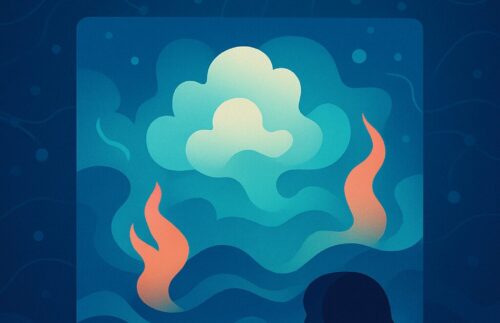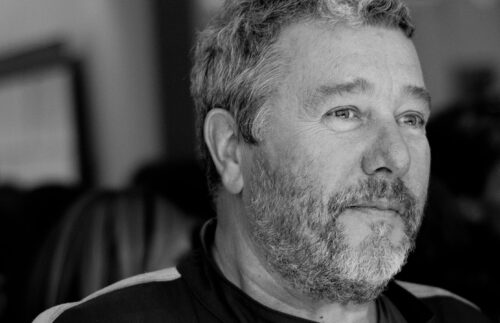AI Art, Originality, and Why We Shouldn’t Fear the Future
When I read essays claiming that AI art lacks originality or connection, I can’t help but feel frustrated. These arguments often stir fear rather than inspire open conversation. As an artist who has been painting for over 25 years, I want to share another perspective—one rooted in lived experience, not abstract theory.
A Lifetime of Painting, a New Chapter with AI
I am a 45-year-old single mother, and art has been my life’s work. For decades I painted, exhibited, and struggled to find sustainable opportunities in the art world. Yet in the past few years, through AI art, I’ve had more doors open than ever before.
This doesn’t mean I have abandoned painting—it means I’ve added another brush to my toolbox. AI art has allowed me to expand my creative practice, explore ideas faster, and reach new audiences who may never have seen my canvases.
Why Fear AI When It Was Always Coming?
The truth is, AI art was inevitable. Once people began uploading their lives, images, and words to the internet and social media, collective data became the foundation of our digital age. Why is it frowned upon when artists use this collective data as inspiration?
Art has always drawn from shared histories, myths, and cultural archives. AI simply expands that archive, offering infinite possibilities for creative expression.
Originality, Connection, and a Unique Voice
Critics argue that AI art cannot express inner feelings. But I believe originality and connection are not tied to a single medium—they are tied to the artist’s vision. Just as I pour my emotions into oil paint or murals, I can channel my imagination into AI-assisted art.
And maybe—just maybe—because AI art is so new, this is a rare chance for a unique voice to shine through even more clearly.
The Real Danger Isn’t AI—It’s Fear
The real danger is not that AI art lacks soul. The danger is that fear will silence artists from experimenting, exploring, and pushing boundaries. Instead of fearing AI, we should encourage artists to use it responsibly, ethically, and creatively—so it becomes a bridge between tradition and the future.








